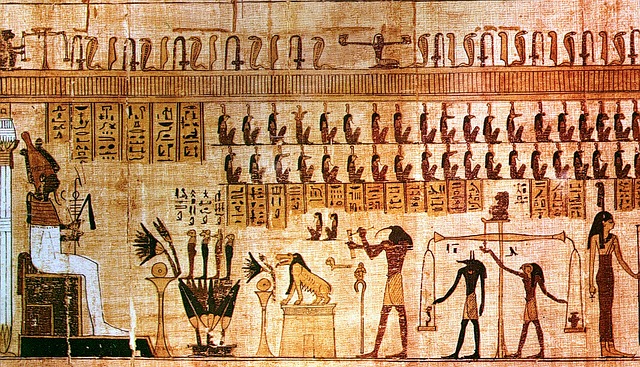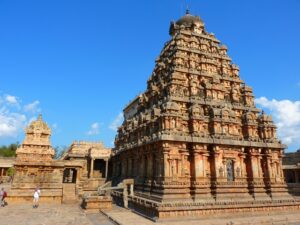Answer: Indian civilisation is exceptional in many ways, not the least of which is its capacity for continuity over long periods of time without suffering significant change. Minor adjustments have been made to the practises that were used in the ancient times, but they have been kept.
Rural communities have long retained the prevalence of ancient social customs like community control, kinship and relationship customs, and marriage institutions. Although these procedures have changed throughout time, their fundamental philosophy has not changed. There are still many examples of traditional Indian crafts, like metal sculpture. Metal statues can still be created using the lost wax technique, which was used by inhabitants of the Indus Valley culture. Stone carving has retained its importance and is still done today.
Indian tradition and culture are focused on the community. Cultural and traditional customs have continued as a result, with little to no impact. Indian civilization has been notable for its capacity to incorporate and provide space for various schools of thought, philosophies, and cultures. This culture of tolerance has allowed for the coexistence of traditional beliefs and reformist movements like Buddhism, Jainism, Sufism, etc.
Ancient Indian art still exists today in the forms of music, dance, paintings, and other creative endeavours. Dance styles like Bharatnatyam and Kuchipudi, which are still performed today, have their roots in ancient literature. The foundation of Hindustani and Carnatic music has been kept despite its evolution. Households still employ ancient Indian painting techniques like Worli and Madhubani.
Because of oral traditions and social customs, Indian culture has been able to maintain its cultural practises. Despite the radical changes that posed a danger to the cultural ethos, this has been accomplished.



